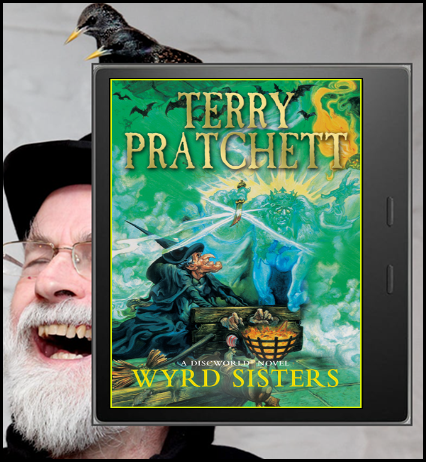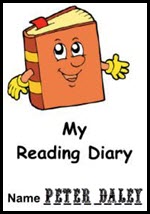JANUARY TO JUNE

CONTINUED FROM PART 2, 2020
Note: As an Amazon Associate I earn from qualifying purchases via the Amazon links included below.
Book 1: On 2020’s last day, I began A Fire Upon The Deep (1992) by Vernor Vinge. (Read between Dec. 31, 2020 & Jan. 8)
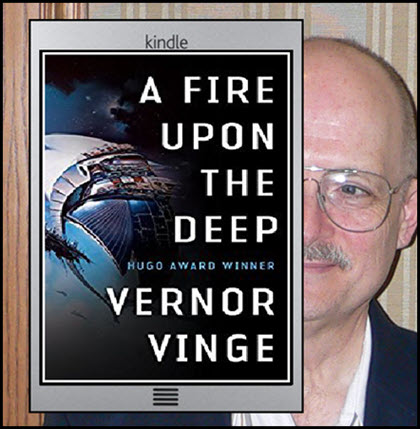
I chose to read it after seeing it placed in the number one spot in the “Top 100 SF Books” video below, and it’ s a video that guided a few reading decisions last year and will guide a few more this year. A hundred SF books – that’s a lot! The book itself, it was really different from any expectations I had. A few weeks after finishing it, the images are still very strong in my mind. After a few chapters, I really couldn’t see how it made the number one spot, but as I progressed through the book and reflected on after finishing it, yes, it taking the number one spot is less of a mystery. I’m not sure if it would be my number one, but it would certainly be in my top 10. What would my top 10 SF novels list contain? I’ll have to think about that.
Book 2: Dracula (1897) by Bram Stoker The first thing that struck me was that the writing didn’t feel archaic at all. It feels like it could have been written recently. Sure, I came across a few word choices that are less common nowadays and also the use of the conjunction “for” appears more frequently than in modern usage, but that’s about it. Another thing that struck me, and I’m only 10% into the book as I type this: I’m surprised by how little I knew about the book itself despite the Dracula character being the most famous vampire ever and the book being something of a classic. I finished Dracula on Wednesday night, January 20. It was longer than I had expected and hence took me longer to read than I envisaged, and as I said earlier, apart from knowing about vampires in general, the actual plot of the book was new to me. I should also point out that my new Kindle Oasis arrived as I was finishing Dracula. (Read between January 8 & 20)

Book 3: Flowers for Algernon (1966) was next, and I was almost half way through it before I looked up its publication date, 1966. A timeless book and story in every sense. It was a quick and beautiful read with an ending as touching as the ending of any other book I’ve read. I am just surprised I only first heard of this book last year. (Read between January 20 & 22)
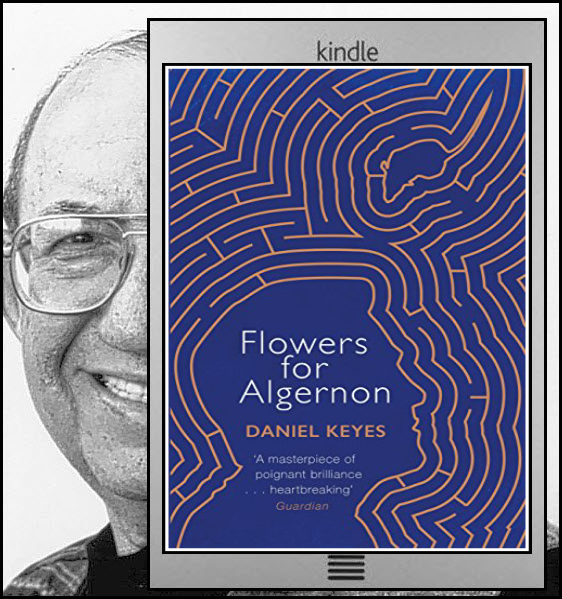
Book 4: The Sparrow (1996) by Maria Doria Russell was next, and it is another recommendation from the top 100 science fiction books. Upon first learning that the plot was a first contact story between aliens and Jesuit priests, I was initially put off, not being religious at all myself. Well that initial reaction was way, way off. Beautiful, moving, thought-provoking, and heart-breaking, this is a book that will stay with me a while. I have heard its sequel, The Children of God, isn’t as highly regarded, but I cannot not read it. I might not get around it for a while, maybe a year or longer, but I will read it one day. If I were to compile that previously mentioned top 10 science fiction books, The Sparrow would be a contender. (Read between January 22 & 28)
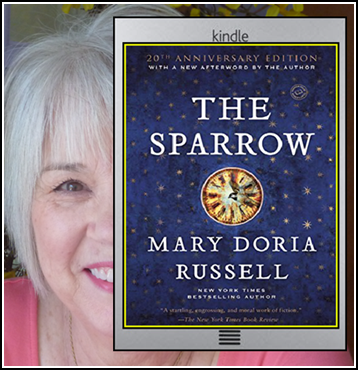
Book 5: The Six Sacred Stones(2007) was my next choice upon discovered I was in the mood for a fast-paced action novel, and the books of fellow Australian Matthew Reilly are as fast-paced as books come. (Read between January 28 & Feb. 2)
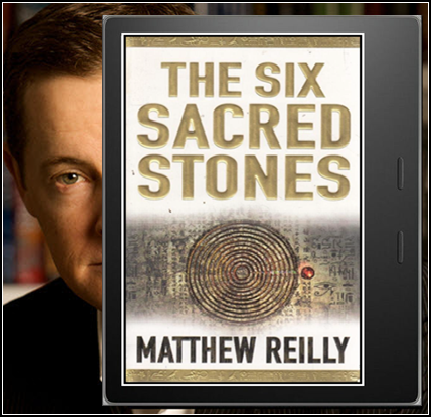
Book 6: The Left Hand of Darkness (1969) by Ursula K. Le Guin was next. I’ve read a lot of her books, but for some reason one of her most lauded was not one of them. I felt it was time to rectify this. Well, what to say. I made slow progress until around the half-way mark, and then I finished in about 36 hours. Upon finishing, I read again the first few pages, and that made me realize that this is perhaps a book best read at least twice. And just after writing that, I came across this sentence in this wonderful review: “… as I read the book again and again and again.’ I don’t think I’ll write anymore here -just, if anyone is reading this – read the book and then read that review, or vice versa. What a gift to humanity was the wisdom, courage, and imagination of Ursula K. Le Guin. (Read between Feb. 2 & 11)
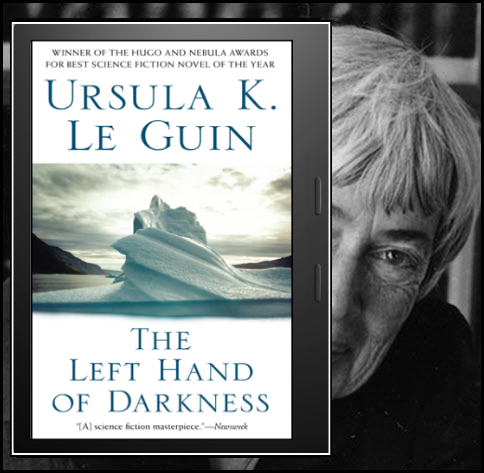
Book 7: The End of Everything (2020) by Katie Mack I decided to take a break from the long run of recent science fiction and fantasy, but I didn’t leave all those words behind as the word “science” remained as let Katie Mack guide me through the various ways our universe could end. That may sound depressing, but it’s a fascinating topic – and I’ve always enjoyed reading physics/astronomy books that aren’t text books. The knowledgeable and witty Katie Mack is the perfect guide of the ends of the universe. Her guidance was so perfect I finished her book in less than 24 hours, spending a lot of Friday absorbed in it until about 9 p.m. when The End of Everything ended. (Read between Feb. 11 & 12 )
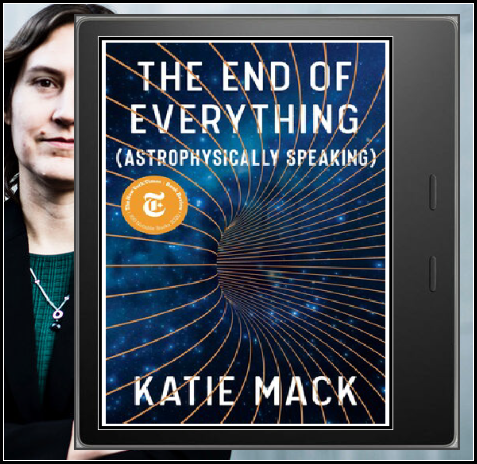
Book 8: Shadow Puppets (2002) by Orson Scott Card was next. It is the third book in the Ender’s Shadow series, a parallel companion series to the main series about Andrew “Ender” Wiggan that began with the classic Ender’s Game (1985). (Read between Feb. 12 & 17)

Book 9: The Basics Of Bitcoins and Blockchains (2018) by Antony Lewis. Perhaps I’m too late to the party – one of my good friends got really into BitCoin about eight years ago. While it may be too late to become a billionaire, it never hurts to learn a little somthing about new and potentially disruptive technologies. Well the “basics” described in this book didn’t always sound that basic, but it was an informative read and perhaps a book I’ll return to in the future when I’m a little more up-to-speed on Bitcoins and Blockchains and all they entail. (Read between Feb. 17 & 21)
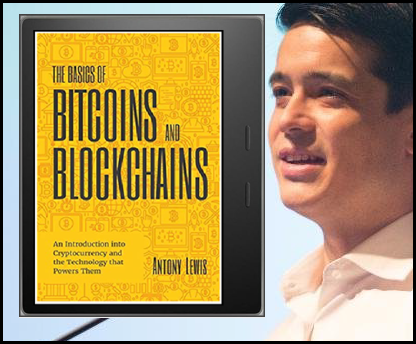
Book 10: Grave Peril (2001), the third in Jim Butcher’s The Dresden Files series was next. It should have been.a fun and quick read, but since my winter vacation is all but over, I had other pressing concerns. My progress could be described as slow and steady, and I turned the last digital page on the morning of Friday, March 5. More was revealed about the main character, the world/universe the books are set in expanded before my eyes, as did the problems our hero faced and will continue to face in the upcoming books, which I will surely get around to sooner or later. Three down and 14 to go as of today’s date. (Read between Feb. 24 & March 5)

Book 11: Something Wicked This Way Comes (1962) by Ray Bradbury is my next literary adventure. As the spring semester has now begun, I’ve decided to avoid long fantasy books for the time being as the next few months are going to be quite testing. Instead, I’ll choose from my to-be-read list (TBR) books of the shorter variety. I’m a little late discoverying Ray Bradbury despite his name being known to me for a long time as something of a giant in the field of science fiction and fantasy. I only read Fahrenheit 451 and The Martian Chronicles as recently as 2019, but I’m now making up for lost time, and so far Something Wicked This Way Comes is a charming and poetic portrayal of country town life in the early part of the 20th Century – an exact date for the books setting is eluding me. Of course, the book is also about the conflict and contrast bewteen good and evil and between the ability to resist temptations and the lack of such an ability; themese which are timeless and part of the human condition. (Read between March 5 & 10)
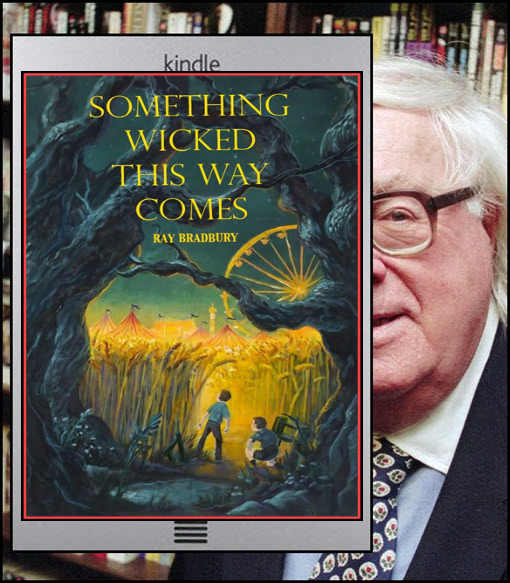
Book 12: Later (2021) by Stephen King. (Read between March 10 & 12)
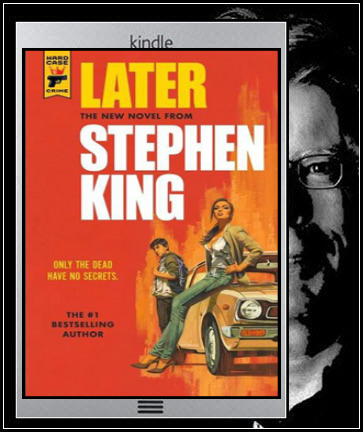
Book 13: His Dark Materials 2: The Subtle Knife ( 2001) by Philip Pullman. It’s been over a year since I read the first book in the series, and as soon as I had begun this second book, I wondered why it had taken me so long to get around to reading it. (Read between March 12 & 27)
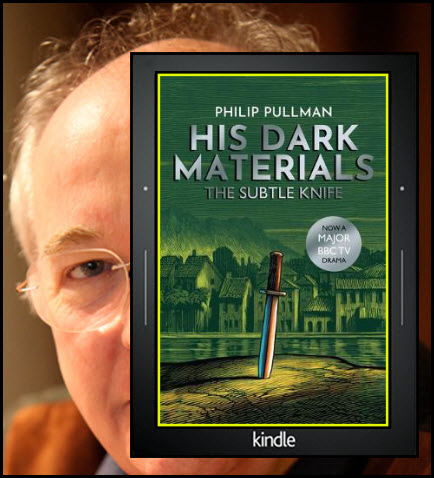
Book 14: The Crypto Trader (2019) by Greg Goodman. I took a short break from The Subtle Knife, which I’m loving by the way, to read The Crypto Trader. I caught the author on the BBC on Saturday morning and as soon as it was mentioned he had written a book, I bought it and started reading it. It was as informative and as interesting as it was quick to read – and that was around 25 hours. (Read between March 20 & 21)
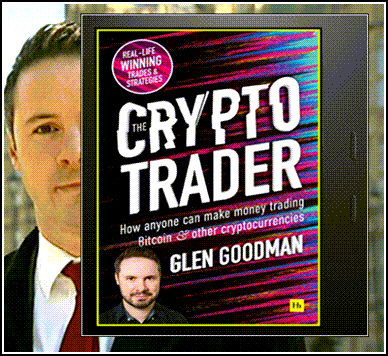
Book 15: The Lord of Chaos (1994) is next as I felt my return to The Wheel of Time saga was overdue. I had thought about reading shorter books until the summer vacation, but I’m now eager to continue the saga with the 1,000-page sixth book in the series. This is going to take a while, but that is OK. The process is the same: one page at a time. It’s now the afternoon of April 24, and I am just a few pages shy of the half-way point, and so far I think this may be my favorite of the series so far. I finished it on at 5:44 pm on Saturday, May 8, exactly six weeks after I started, and about 6 weeks was my rough estimate. This was the first book in the series that made me feel like I should have been keeping character notes. More than a few times, I wondered who a particular character is. A few reasons for that I think: well, first the obvious, it certainly felt like the cast of characters grew. Second, some of those past six weeks were the busiest of the semester, and finally: there was a pretty long gap between finising book five and starting book six. All that aside, I loved the book and just can’t begin to imagine what’s in store for everyone in the remaining (Read between March 27 & May 8)

Book 16: Project Hail Mary (2021) by Andy Weir was next. (Read between May 8 & 12) Andy Weir’s best novel since The Martian was a fascinating, funny, and emotional romp. As such it kind of felt like the dessert part of the meal, the main meal being the previous book I read, Lord of Chaos.
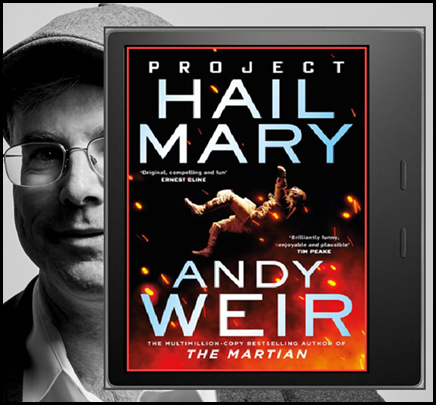
Book 17: Dragon’s Egg (1980) by Robert L. Forward. Another first contact novel and another novel that came recommded by several BookTubers. This is science fiction thatis big on science without letting the fiction part suffer. A unique first contact story and the kind of story that is not easily forgotten. (Read between May 12 & 16)
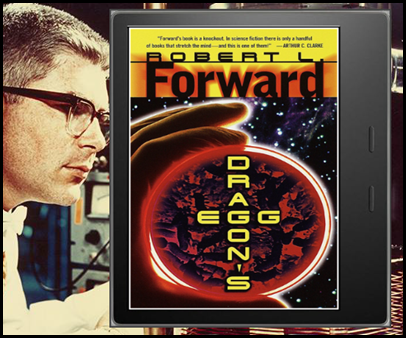
Book 18: Hidden in Plain Sight (2020) by Jeffrey Archer was next, the sequel to Nothing Ventured. After the last two first contact science fiction novels and the sixth Wheel of Time book, I decided on some straight out fiction by a master storyteller. It took me almost two weeks, but if I had read it during a vacation, I probably would have finished it two or three days. (Read between May 12 & 25)
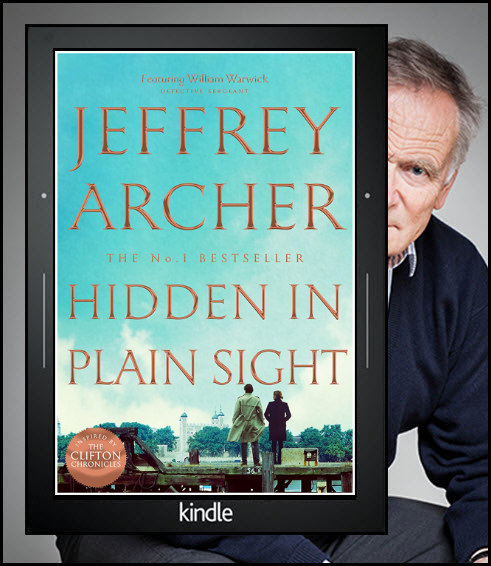
Book 19: Mort (1987) I’ve heard wonderful things about Terry Pratchett’s Discworld novels and Mort, my introduction to Discwold and the fourth Discworld book – which is often recommended as a good starting point, did not disappoint, and certainly whet my appetite for more. Hence, it was a pretty quick read dispite being read amongst a tsunami of student assignments. (Read between May 25 & 28)
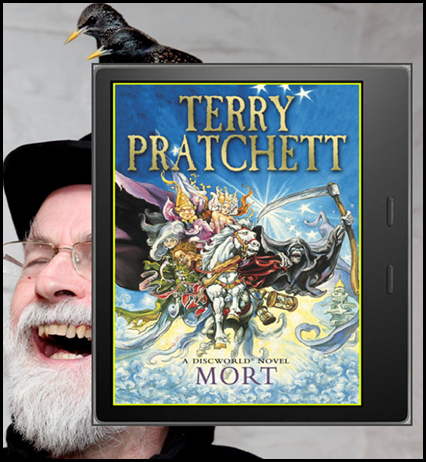
Book 20: The Mote in God’s Eye (1974) by Larry Niven and Jerry Pournelle. I saw this book take out the number one spot on a list of first contact books, but I also heard it’s very much a product of its time, which is perhaps a poilte way of saying the male dominated society of the future the book is set in is a little too male dominated with large sprinklings of a 1940s and 1950s mores. That, of course, could be a criticsism of those mores, and that’s getting more likely as I get into to the book. Anyway, I’m 10% into the book, and we’re all on a spaceship on an intercept course with an alien spacecraft! Mankind’s – oops, humankind’s first encounter with intelligent alien life. On May 29, despite having lots of work to do, I read up until the half-way mark. It’s just after noon on Sunday , I’m at the 63% mark, and I can’t put it down. But I must put it down because I have lots of work to do today. But I can’t put it down. But I must, but I can’t. I was finally able to put it down for the last time during a break between classes, and yes, that was a pretty good first contact novel. Furthermore, I only just learned that there’s a sequel – that’s a book I’ll certainly one day read. (Read between May 28 & 31)
‘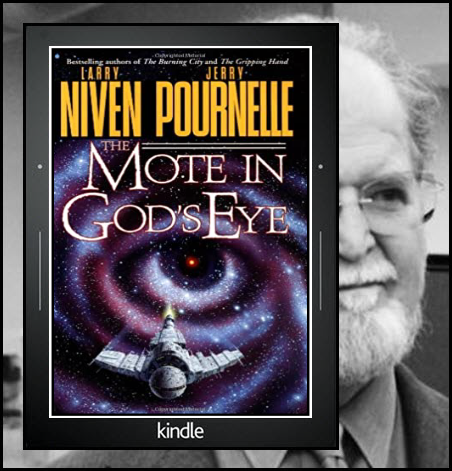
Book 21: The Wind’s Twelve Quarters (1975) by Ursula K. Le Guin. Last month I came across a reference to a short story by Le Guin that I wasn’t familiar with. Now that I’m starting this collection of her early short stories, I can’t recall the name of that story nor what it was about. Whatever it was, it led me here, and I read the first six of the seventeen stories the afternoon I started reading. I read two more the next morning and they were typically poetic and moving. I alternated between the remaining stories and A Crown of Swords (see below) and finished the last story just after midnight on the morning of June 6. (Read between May 31 & June 6)
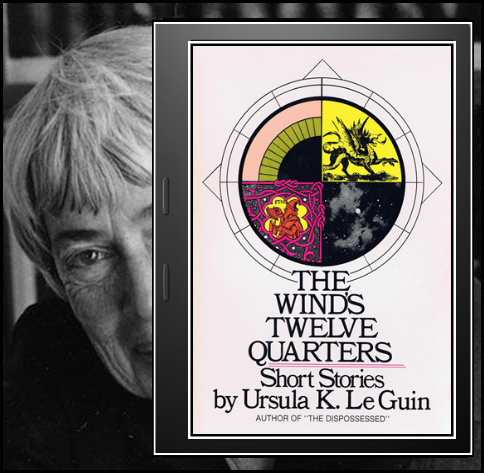
Book 22: With still seven remaining stories to read in the above book, I switched gears and read chapters two and three of A Crown of Swords (1996), book seven in Robert Jordan’s The Wheel of Time saga. I’m not sure if I’m ready to delve into the whole book, but it’s been a brief and interesting mini-excursion back to the complicated life of Rand al’Thor and the world he’s destined to save and/or destroy. I ended up reading a few more chapters, and I think I am ready to continue this journey. And continue I did. I completed it much quicker than I had expected. At 850 pages, it’s shorter than the previous three books which all approached 1,000 pages, but it felt much shorter to me, and I think 10 days is the fastest I’ve finished a Wheel of Time book, and I’m more excited than ever to see this journey through to its end. (Read between June 1 & 10)
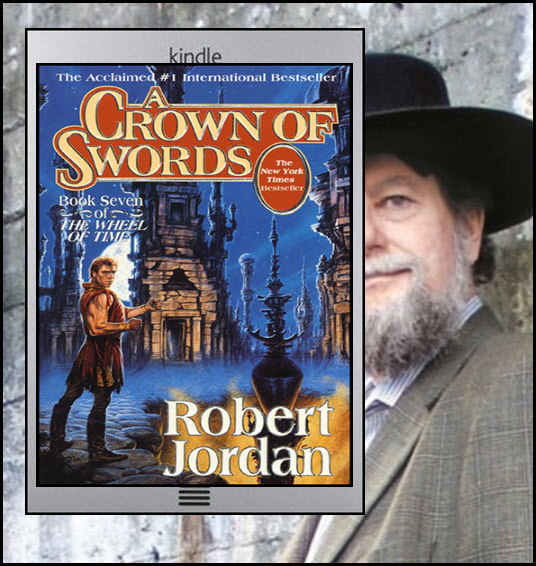
Book 23: The Amber Spyglass (2000). Before continuing with The Wheel of Time , I want to finish another but much shorter fantasy series: Philip Pullman’s His Dark Materials trilogy. Well, it was certainly not predictable as the characters found themeselves in situations and locations never really hinted at in the previous books. The ending was beautiful, and I just have one small gripe: a certain character that had a pretty pivotal role in the finale didn’t really appear until the end of this third book. I would have liked to have learned more about that character and spent more reading time wth him or her or it. And in considering the previous two books, I think I have to list this third one as my least favorite. That aside, I will before too long explore the surrounding novellas and the next trilogy. (Read between June 10 & 15)
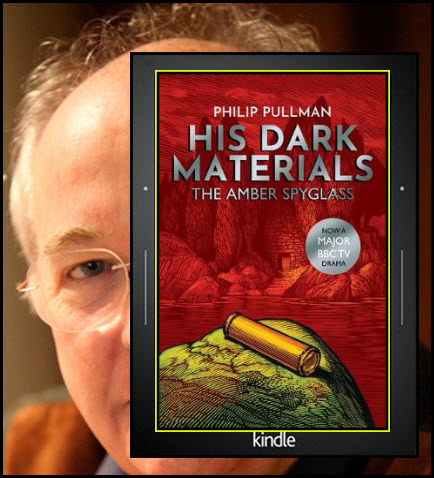
A little indecision as to what to read next, A few possibilities are going through my mind, but I might yet choose something something else. After much soul searching, I chose a book that isn’t part of a series.
Book 24: Earth Abides by George R. Stewart (1949) A virus spreads across the globe, killing almost everyone. A scientist attributes the outbreak to either an existing virus jumping from an animal to humans for the first time, a mutation of an existing virus, or the accidental or intentional work of a bio-weapons lab. Sounds crazy, but that’s how this book starts, and all the rest is wonderful. Beautiful writing and a very moving story of survival and hope. How could we go on without all that civilization provides for us? This is one hopeful answer. (Read between June 15 & 18)
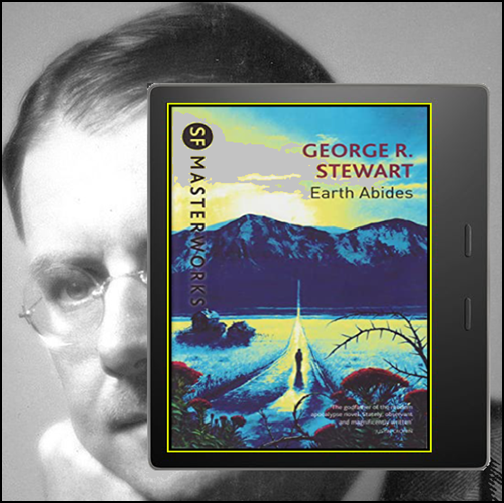
Book 25: New Spring (2004) At 300 pages. The Wheel of Time prequel is the shortest of the The Wheel of Time books by far. and as such it feels more like a novella than a novel when compared to its bigger brothers and sisters. I have to admit, it’s a nice change to be reading a short Wheel of Time book. I have to admit though that when I first became aware of the existance of a prequel, I had hoped it was set thousands of years before the first book. It’s not. It’s set about 20 years before the first book. I’m liking the story though, and perhaps later books in the series will teach more about that past age. (Read between June 18 & 20)
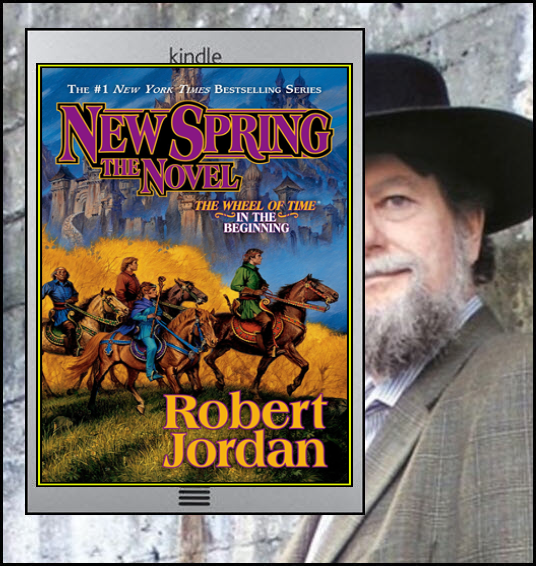
Book 26: Use of Weapons (1990) by Iain M. Banks was next, and I read it quite quickly which is to say I enjoyed it, and it really had its moments, but the prologue and epilogue left me a little baffled. I was hoping this review from The Guardian would help me better understand them, but the good professor makes no mention of them. Mystery solved through some internet sleuthing and a quick reread/skim over those two chapters, plus the chapter after the epilogue. And the twist at the end? I have to admit I didn’t see it coming until is was telegraphed with a simple three words. The next book in the series (not that The Culture books need to be read in order) is a collection of short stories. I’ll read those soon a few at a time I think whiloe reading longer stories. (Read between June 20 & 24)
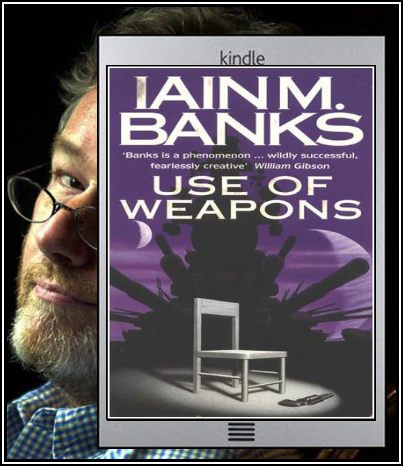
Book 27: Summer Knight (2002) is the fourth book in Jim Butcher’s The Dresden Files series, and much like Lee Child’s Jack Reacher books, they are fast and captivating reads. There’s just more humor (and supernatural shenanigans) in Butcher’s books and none in Child’s. That’s just an observation, not a criticism as they are equally fun to read, well, perhaps Jack Reacher wins by a fraction. I started it the day I finalized all my grades, so this kind of summer vacation has technically started. (Read between June 24 & 26)

Book 28: The Five Greatest Warriors (2009) by Matthew Reilly was next. I decided on another fun quick read in the form of Australian author and now movie director Mathew Reilly’s third book in his Jack West Jnr. series. It’s Indiana Jones on steroids, and it’s quite delicious reading as you follow Jack West Jnr. and his team of heroes as they scour the globe gathering clues, solve mysteries, combating villians, and escaping from one unescapable situation after another. Well that was certainly a pageturner, and it was quite a nice surprise to realize that there was no cliffhanger – this book wrapped up the story started in The Six Sacred Stones. While it was a fun read, the end of the book is a real tyragedy. Matthew thanked his loving wife for all her support. Suffering from anorexia and depression, she committed suicide two years later. Here is an interview with Matthew a few weeks after he lost his wife. (Read between June 26 & 28)
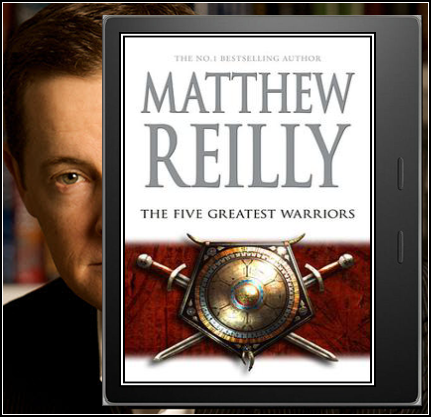
Book 29: The Darkening Age (2018 )by Catherine Nixey The last 15 books I read were all of the science fiction and fantasy variety, so I think it’s time for something different. The only non-fiction book remaining on my initial to-be-read (TBR) list of 2021 is a book that returns me to my interest in the darker side of religions and cults. And it was depressing as it was interesting. The author has been critisized for generalizing and exagerating to role Christianity played in the downfall of the classical world, but in my case at least, she was preaching to the choir. I can’t help but think the world would be a much better place if Christianity and gone the way of the Greek and Roman gods or if those gods had stayed around. Whoever or whatever is to blame, the loss of so much literature, philosaphy, knowledge, and art is something we should all mourn. (Read between June 28 & 30)
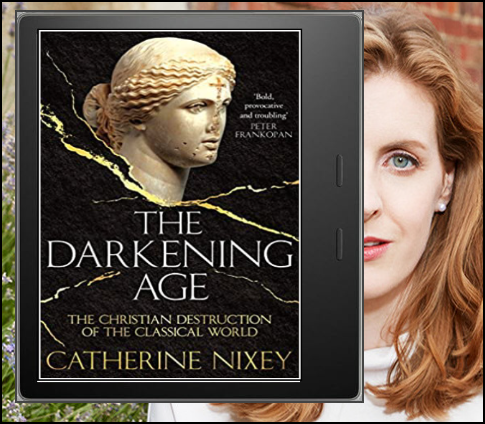
Book 30: The Wryd Sisters (1988) by Terry Pratchett was next, and considering I started it the evening of June 30 and Covid year 2 is now half over, I’ll move on to a new post.
